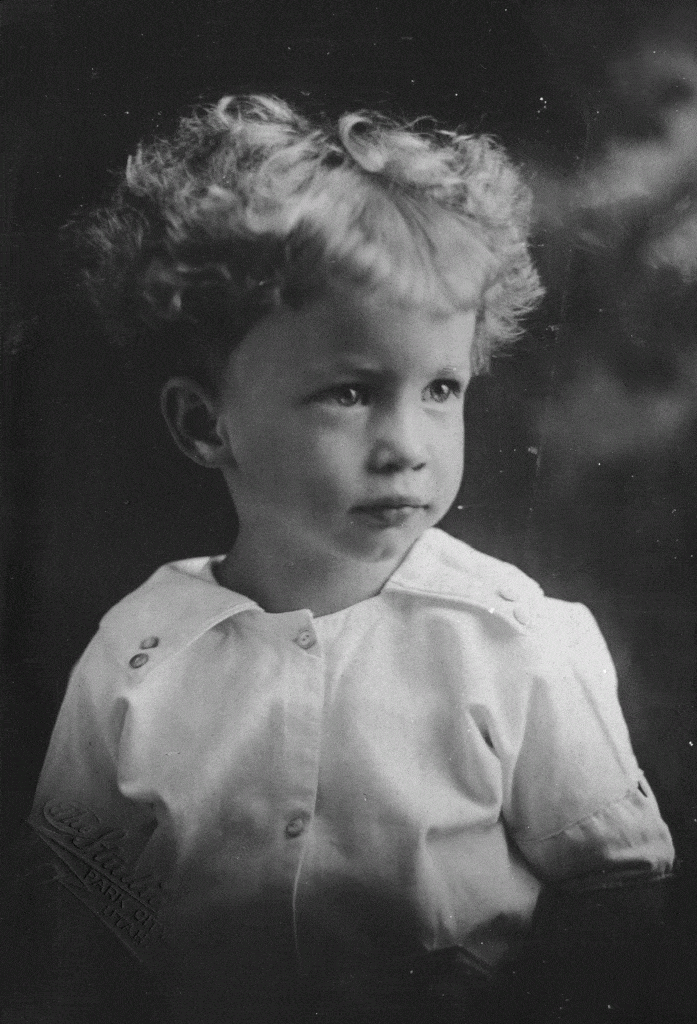Samuel Simmons was born in Redruth, Cornwall, England in 1869. As you may have read in this column last week, Cornwall, in southwest England, had a history of mining going back as far as the Bronze Age. The town of Redruth and the surrounding area was at the heart of that mining industry.
Mining was a dangerous occupation, as we all know. In August 1883, when Samuel was about fourteen, a tragic accident occurred at the Wheal Agar, a mine close to where he was then living, in Gwennap, not far from Redruth.
A cage holding thirteen miners was on its way up the shaft, nearly at the top, when the wire rope it hung on snapped. It plummeted back down the shaft, killing twelve of the men. The lone survivor managed his narrow escape by jumping from the cage onto a platform at the surface.
Of the twelve who died, one body was found 420 feet down the shaft, another two bodies at 780 feet, two more at 810 feet, two at 1230, and the final two at 1350. In all cases, the velocity of the fall had left the bodies in terrible condition.[1]
There is no doubt that Samuel would have been aware of this disaster. But little did he know that a similar one would be the cause of his own demise just over a decade later.
The Cornish metal market collapsed in the late 19th century, prompting mass immigration. As highly technically skilled miners, Cornish men who moved to the United States often found jobs in American mines. Samuel, who left Cornwall in 1890 just one month after the birth of his first child, was no exception. He arrived in Park City and started work at the Anchor Mine, sending money home to his wife Rebecca and their son John. Samuel’s brother Joseph soon joined him in Park City.
Disaster struck in May 1895. At noon on May 16, Samuel Simmons and two other miners, William Jennings and Frank Woolsey, took their lunch pails, stepped onto the cage, and signaled to be raised to the surface. Toward the top of the shaft, something went wrong and instead of slowing, the cage sped up, crashing into the sheaves above. William Jennings was thrown onto a platform, but Simmons, Woolsey, and the wreckage of the cage fell down the shaft. Jennings escaped with just a scalp wound and a few bruises; Simmons and Woolsey’s bodies were found, severely crushed and nearly unrecognizable, 1460 feet down the shaft.
An inquest into the accident determined that the fault did not lay with the fault of the hoist operator, Henry Hughes, but a malfunction in the hoist’s braking mechanism. However, just weeks later, Hughes left the Anchor to pursue other business interests.[2]
Samuel left behind his brother and a brother-in-law in Park City. His wife Rebecca and five-year-old son John left Cornwall and moved to Park City a few months later.[3] Rebecca died in 1897. John Simmons was adopted by John and Mary Williams, Rebecca’s kin.[4]

Credit: Park City Historical Society and Museum, Williams-Paxton-Hays Photograph Collection
[1] John Vivian, Tales of Cornish Miners, Penryn: Tor Mark Press, 1990.
[2] Salt Lake Tribune, May 18, 1895; Salt Lake Herald, May 17 and 18, 1895; Park Record, June 1, 1895.
[3] Passenger list for the Campania, arriving in New York in October 1895.
[4] 1910 United States census